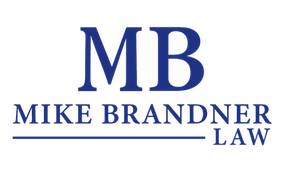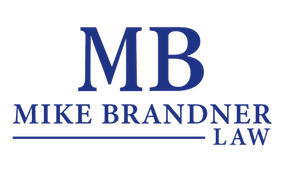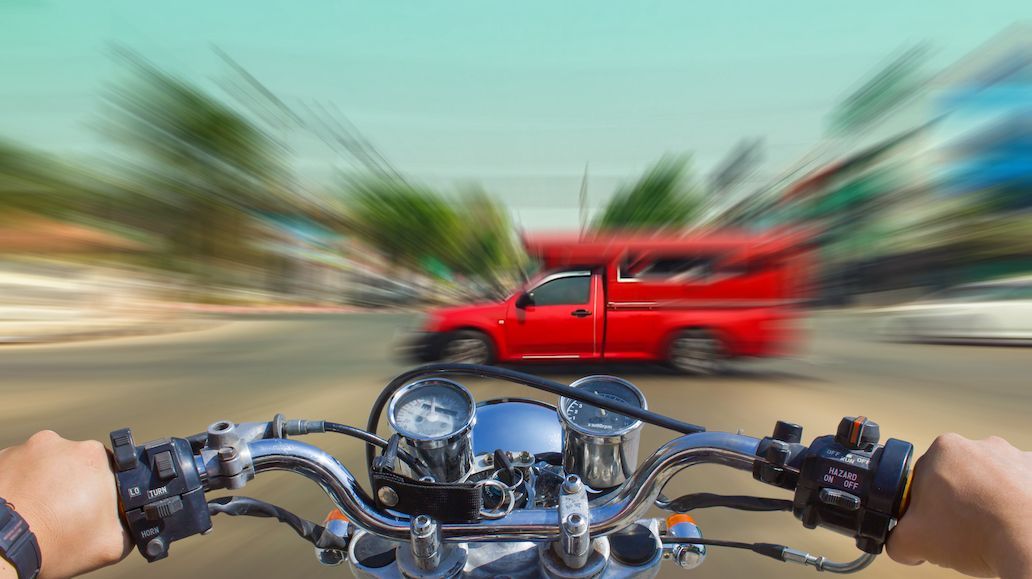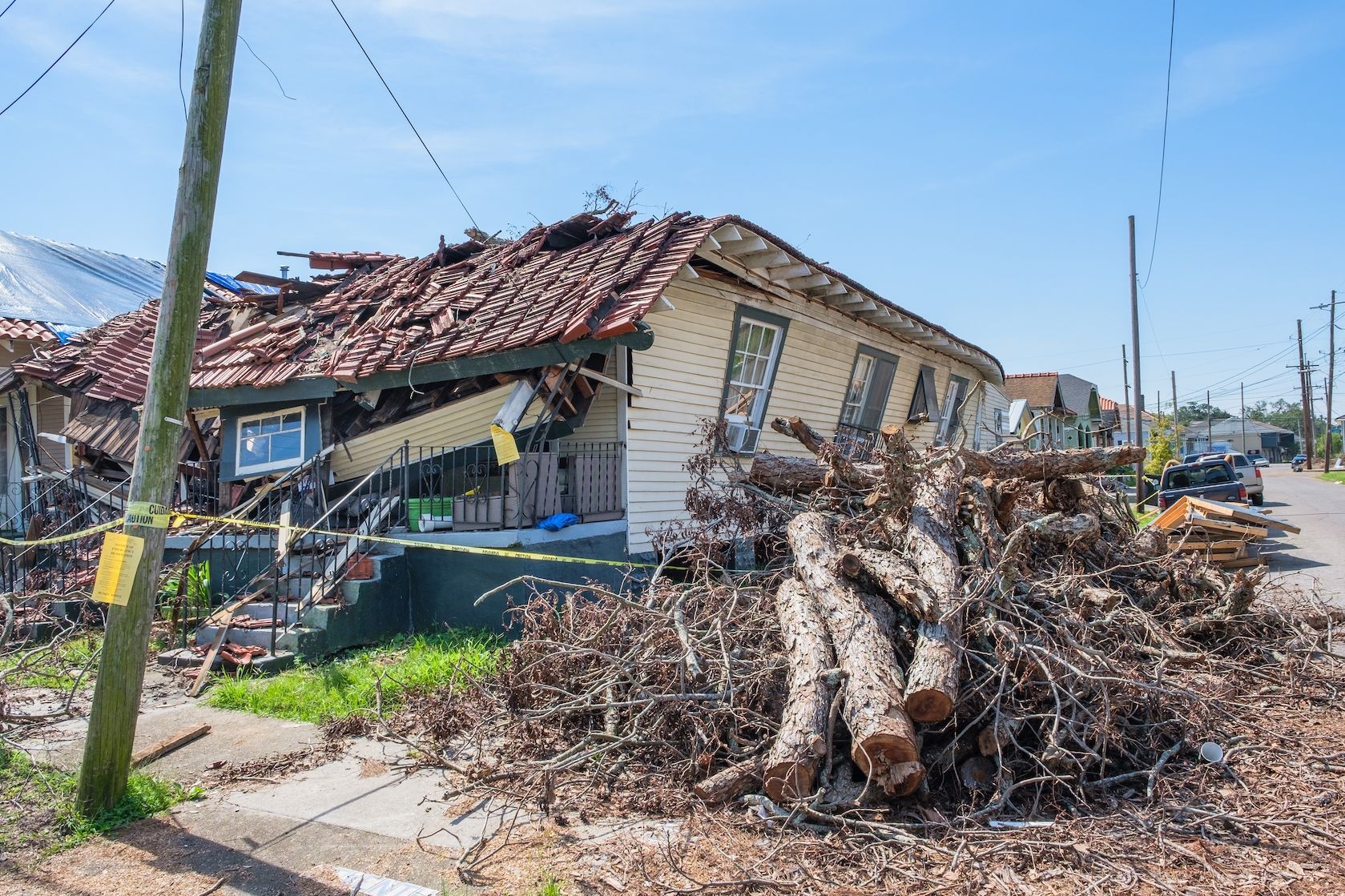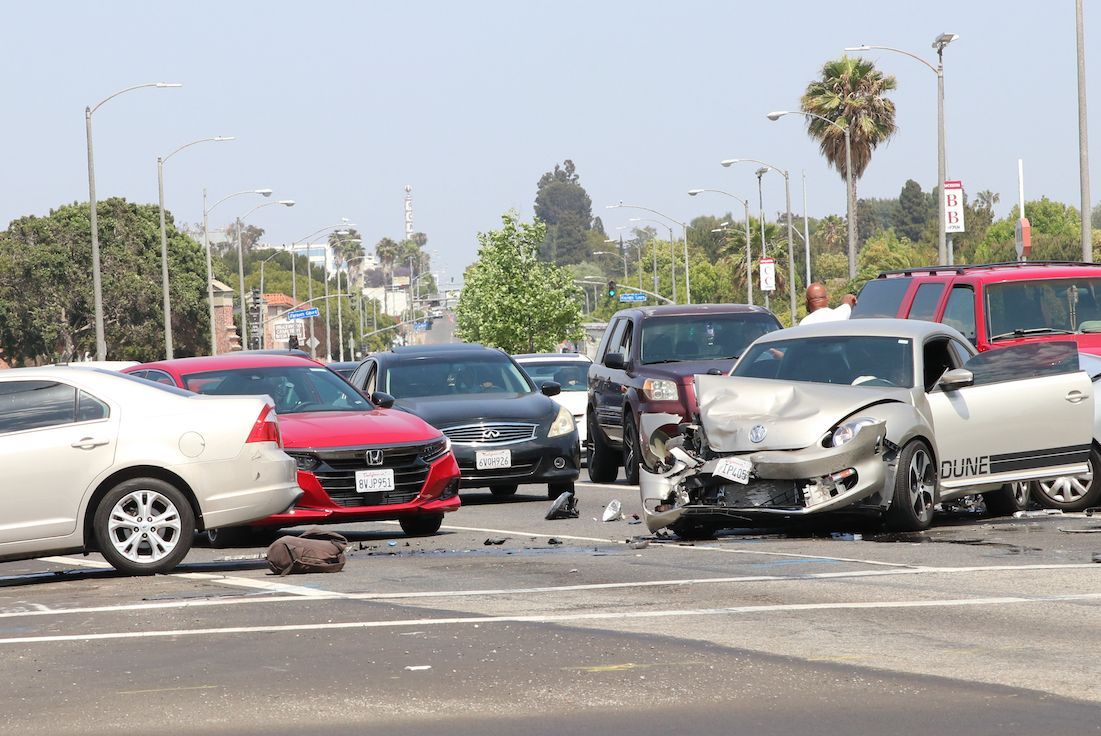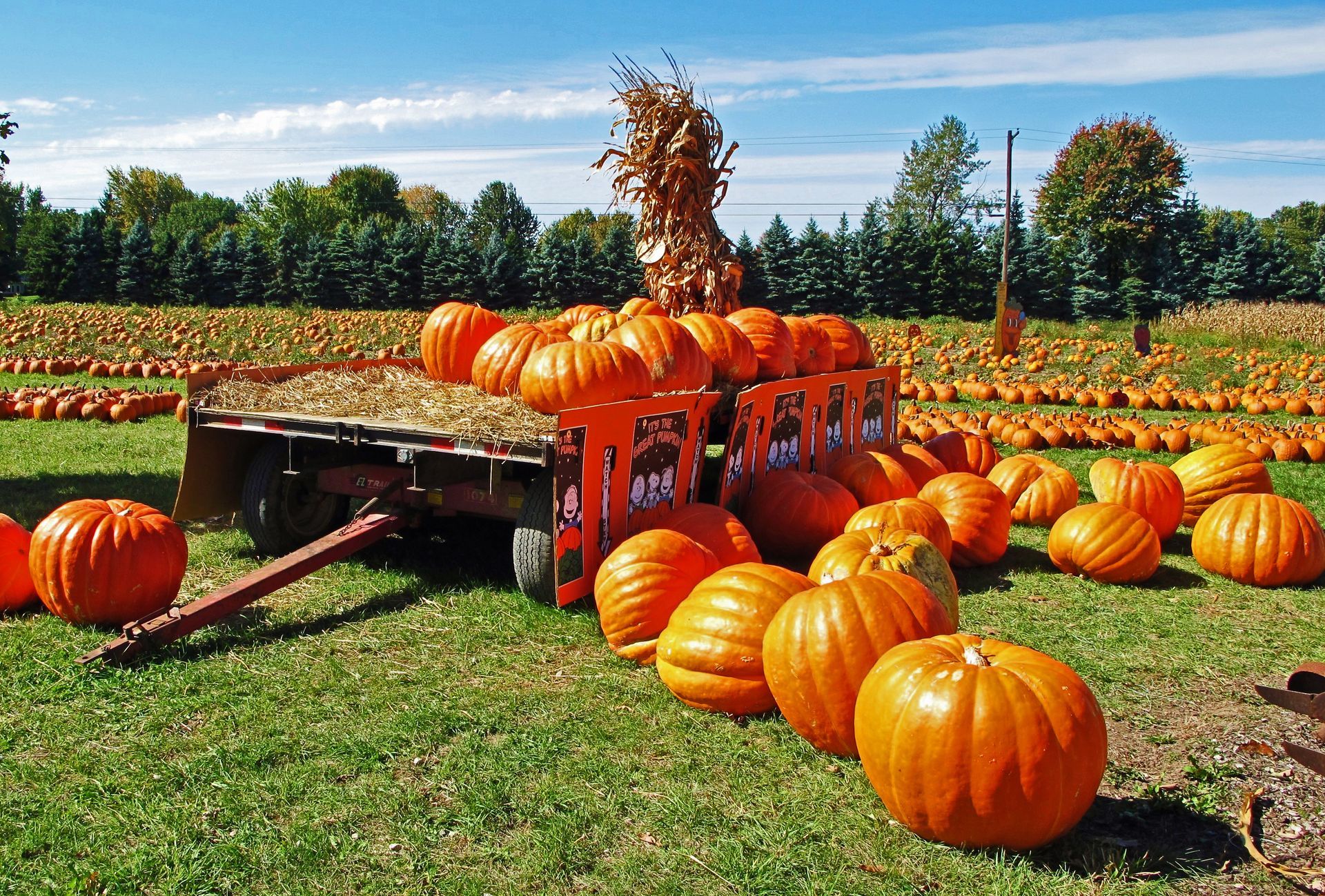10 Common Bad Weather Mistakes Drivers Make
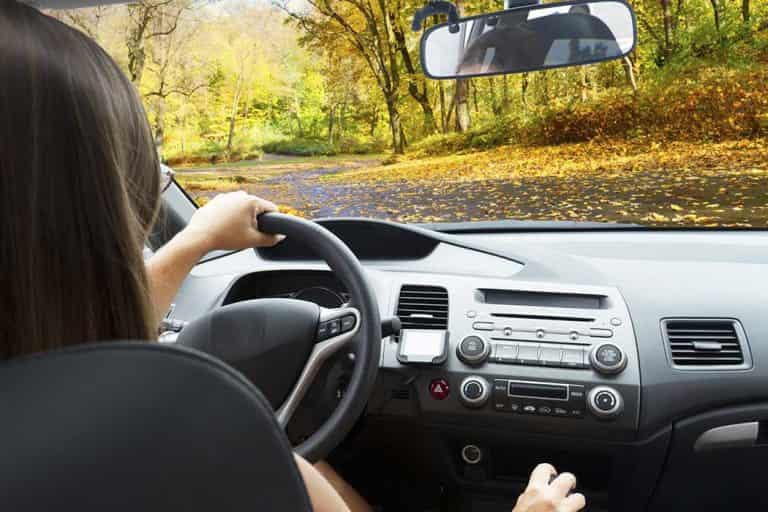
Ah, fall. This time of year brings cooler temperatures, earlier nightfall–and bad weather that makes safe driving more challenging. Personal injury attorneys in New Orleans are all too familiar with this, but you can drive more safely even in bad weather with these tips.
10 Common Bad Weather Mistakes Drivers Make – and How to Avoid Them
- Driving too fast for conditions. In bad weather, slippery roads and drivers who travel too fast for conditions don’t mix. Slow down when visibility and conditions warrant it. (Remember, it’s best if you DON’T need the services of personal injury attorneys in New Orleans.)
- Not adjusting driving speeds for earlier darkness and/or fog. The days shorten and grow cooler. This can cause fog as well as earlier sunset. You may think you can handle the fog and darkness with no extra adjustments. Not true. Wait two to five minutes after entering your car to begin driving, so that your eyes adjust to the darkness; slow down to accommodate reduced visibility from fog or other factors.
- Not watching out for deer, other “critters.” Deer-mating season and animal migration in general, occurs just as the nights are getting longer. That’s why vehicle-animal accidents become much more common in the fall. Reduce your chances of having one by being extra vigilant. Focus only on the road, not on cell phones or other distractions.
- Not adjusting for slick road conditions. Wet roads can be slick not just because of moisture, but also because of the grime, dust and oil that mix with the wetness. Slow down, and be safe.
- Thinking sun “glare” is a summer problem only. Sun glare is more, not less, of a problem as fall progresses into winter (as personal injury attorneys in New Orleans can tell you). The sun’s angle now means that it shines directly into your eyes and also reflects more directly off of objects like other cars. Wear sunglasses during the day, and keep your windshield clean to improve visibility.
- Driving on worn and/or improperly inflated tires. Well-treaded, properly inflated tires are especially important on wet and slippery surfaces. Replace tires if tread is worn, and inflate them properly.
- Forgetting to service your windshield wipers and headlights. Replace windshield wipers in the fall. Worn wipers can leave streaks, which can lead to poor visibility in glare, bad weather, and darkness. So can improperly aligned headlights; ask your mechanic to check and align them as needed.
- Not watching for children? Children don’t always look both ways for traffic when they get off the school bus or otherwise cross the street. Personal injury attorneys in New Orleans know that every driver must be vigilant so that children crossing the street stay safe.
- Not being cautious on bridges. Lower temperatures can cause “invisible” frost patches to form on bridges. Always drive on bridges as you would any slick surface, even if they look fine.
- Braking on fallen leaves. Think driving through dry leaves is a breeze? Think again. They can be as slippery as ice, and can obscure lane and other road markings. Drive cautiously, and watch the edge of the road to stay in your lane, if you must.
Are you the victim of another driver’s bad weather mistakes? Our Personal injury attorneys in New Orleans can help!
If you’re the victim of another driver’s bad weather mistakes and have been injured because of their negligence, personal injury attorneys in New Orleans are ready and waiting to help you get the justice you deserve. Call (504) 345-1111 now. Our office hours are 8:00 AM – 5:00 PM, but we are available 24/7 to take your call. We offer free consultations, and there’s no fee unless you win your case. Call now – or talk with us via LiveChat!
